This article is based on a presentation by Dr. Melanie Filotas, who delivered it as part of the 2019 agriculture summer student orientation day.
Most crops are sprayed with organic or synthetic pesticides at some point during the growing season. Use caution before entering any area where crops are grown (e.g. corn field, nursery, greenhouse, orchard etc.). Always confirm that it is safe to enter.
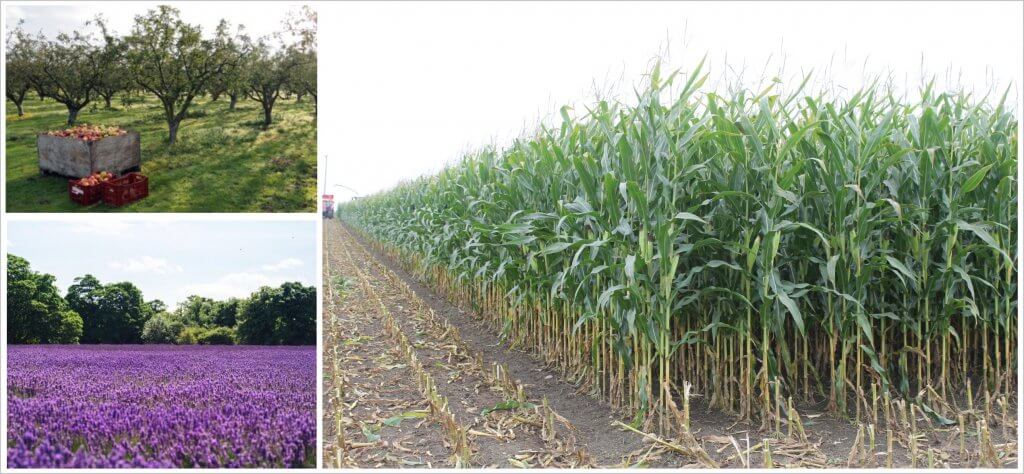
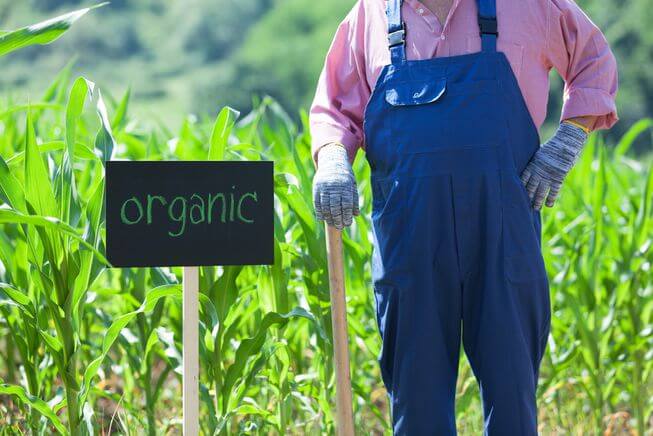
You can be exposed to pesticides if you enter a treated area before pesticide residues break down and vapours dissipate. The minimal time that must elapse before being permitted to enter is called the Restricted Entry or Re-entry Interval (REI).
REIs are data-driven and established by the federal government. They are defined as: “The period of time that agricultural workers, or anyone else, must not do hand labour in treated areas after a pesticide has been applied.” Hand labour can be any task involving substantial contact with treated plants, plant parts or soil, including planting, harvesting, pruning, and scouting.
Things you should know about REIs:
- REIs can range from one hour to several days
- If a pesticide label does not indicate a REI, the default is 12 hours
- REIs can vary with the product, crop and type of activity (e.g., scouting, harvesting, etc.)
- REIs can change over time so always refer to the most recent label
- If a tank mix (multiple products) was applied, observe the most restrictive REI
Before visiting an operation to work in the field:
- Tell your supervisor where you will be that day
- Ask the grower or spray applicator what was sprayed. Records may be posted, but verbal confirmation is preferred
- Look up the REI for the product on the crop you will be entering
- Check with your supervisor on any products with special instructions beyond the REI
Do not enter the field until the REI has ended. Pesticide REIs can be found in local production guides, or on pesticide labels.

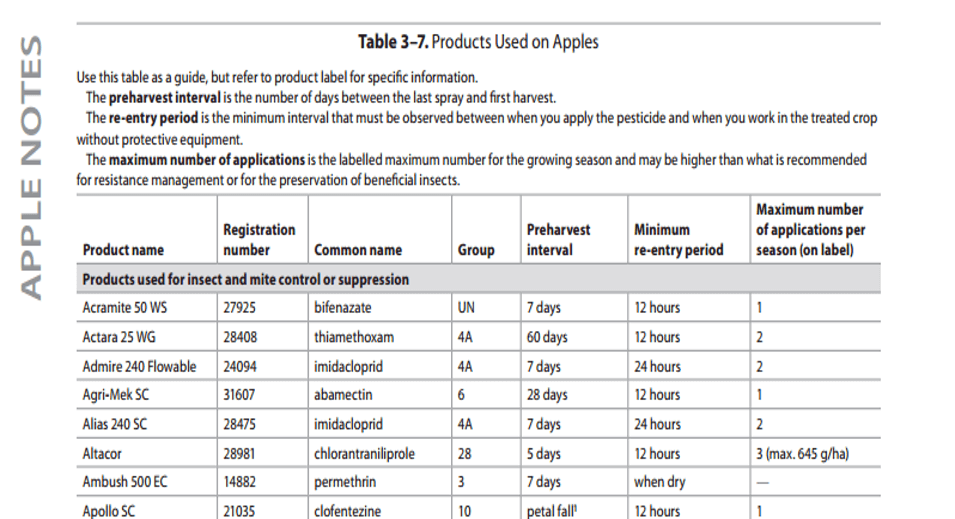
If local production guides are not available, registered pesticide labels can be found using Health Canada’s Pesticide Label Search service online. In the United States, most labels can be found on the EPA’s Pesticide Product and Label System website.
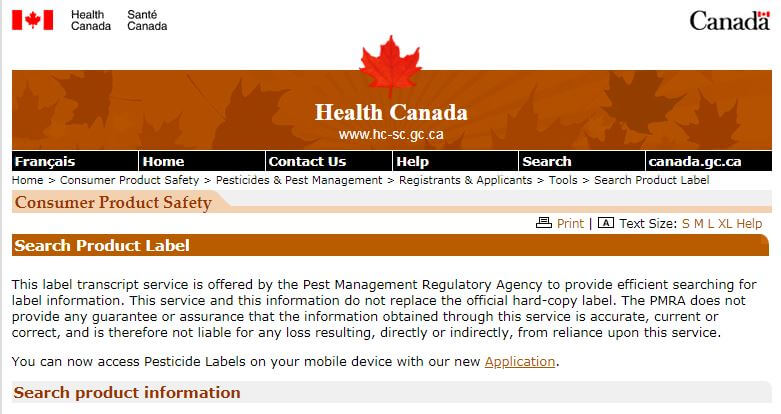
Miscommunication can sometimes happen. Learn to recognize the signs of spraying. When in doubt, leave the planted area and call the grower to confirm or call your supervisor.
- In some cases you can look for fresh tracks in the operation, but be aware they may not have been made by a sprayer
- Some products have a distinctive odour
- It can be difficult to see a sprayer operating, particularly in orchards, but they can be heard. Do not wear earbuds or headsets while in a production area
- Look for foliar residue. This is an indicator, but does not always mean it is unsafe to enter
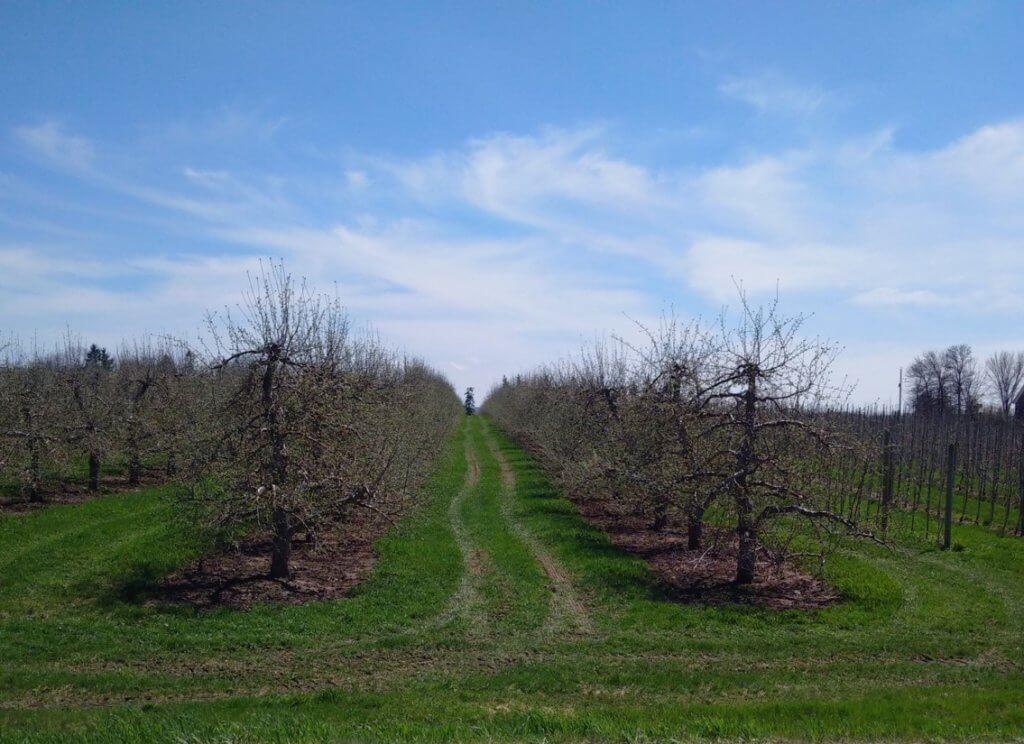

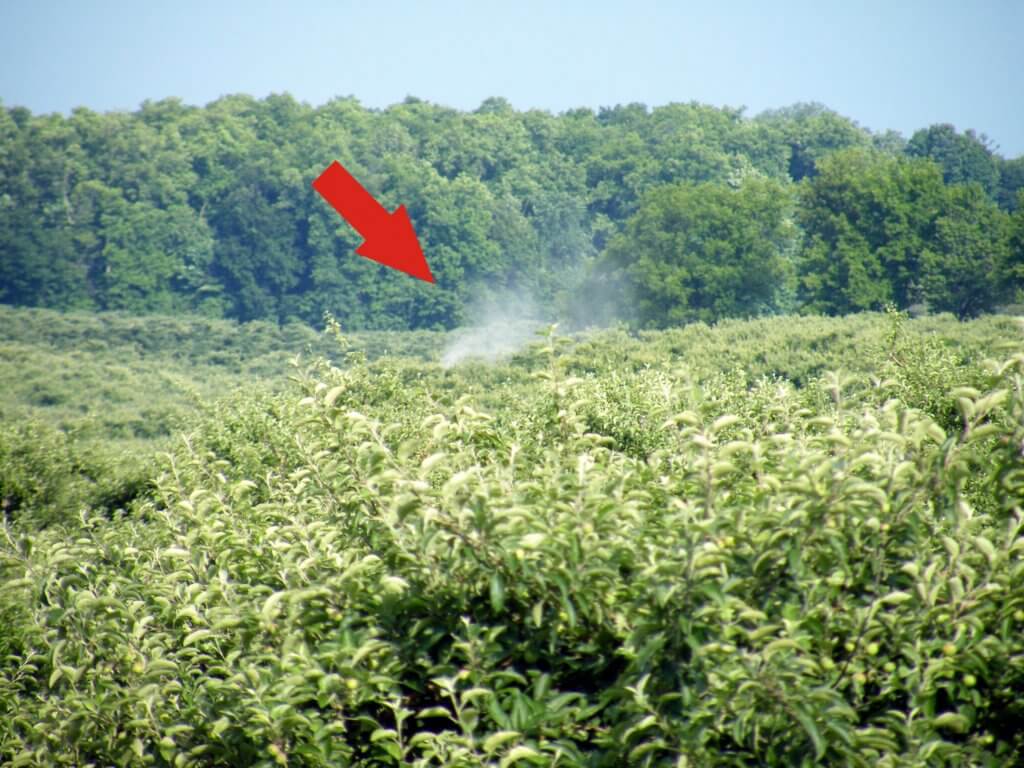
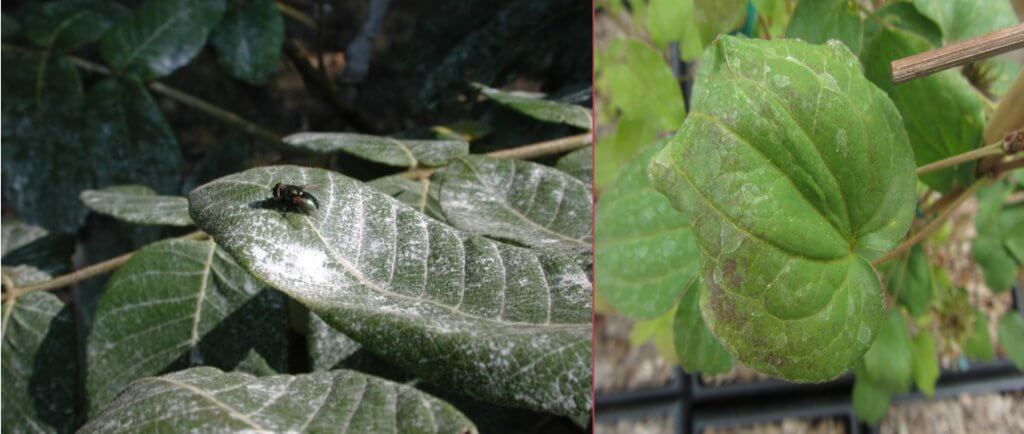
There are many potential symptoms of pesticide exposure: headache, fatigue, irritation of the skin, eyes, nose or throat, loss of appetite, dizziness, nausea or vomiting, diarrhea, decreased muscle coordination, and blurred vision. Each product has a Material Safety Data Sheet (MSDS) that will provide details on exposure symptoms and treatments.
While sometimes confused with symptoms arising from sun stroke or dehydration, if you suspect pesticide exposure it is always best to be prudent and get medical help immediately. Contact your local poison centre or 911.
Summer work in crop production can be rewarding and enjoyable, but always use caution and be safe.